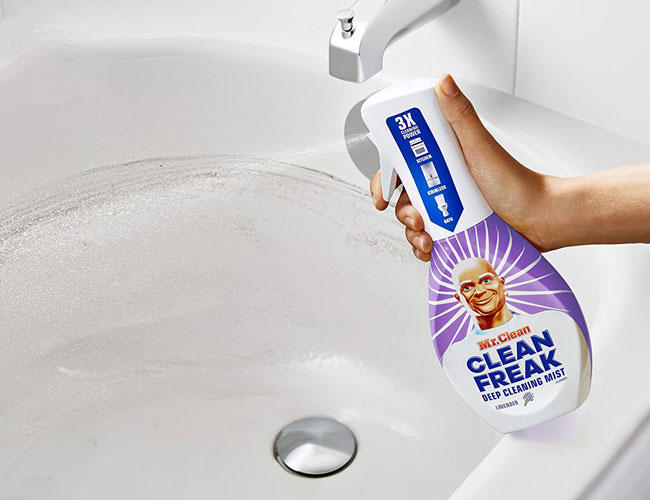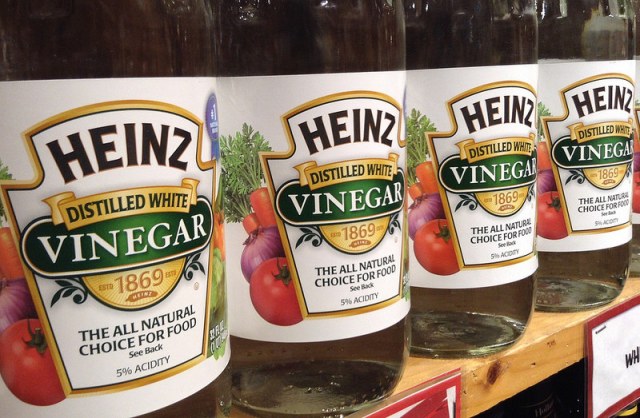
One of the most important steps after sickness is to disinfect your air. Flu germs can travel up to three feet from an individual, making it especially important to disinfect surfaces that are high-touch. Also, don't forget to disinfect any sensitive electronic devices in your house. This includes remote controls, doorknobs, phone keys, computer keys, light switches, keypads, and phone keys.
High-touch surfaces that are clean
Regularly cleaning high-touch surfaces will help reduce sickness and disinfect the air. You should disinfect all high-touch surfaces at least daily, but if they're heavily touched, you should clean them more often. Disinfectant spray can be used if you're concerned about the possibility of COVID-19. But it's not necessary. You should also make sure to use environmentally-friendly cleaning products.
Use disinfectants according to the instructions provided by the manufacturer and use protective gloves. It is best to clean surfaces in a well ventilated area. A list of recommended disinfectants has been created by national authorities. Door handles, chairs and tables are common high-touch surfaces. These surfaces should be disinfected with approved disinfectants from the EPA. Additional to cleaning surfaces, disinfect items shared with household members that have been affected by the disease.
Ventilate your home
Ventilating can disinfect your home and help remove virus particles. The average home's indoor air is about 4-5 times polluted than the outside air. Fans, air filters, and opening windows can help to move fresh air around. To move more air throughout your house, you can open multiple windows and doors.
Clean surfaces

After sickness, it is important to clean surfaces and the air to avoid the spread of disease. This can be done with disinfectants. However, these should be used carefully, since some can cause harm. These products should not be given to children. Also, ensure that surfaces are thoroughly cleaned using the recommended methods.
The process of disinfecting surfaces involves applying a chemical solution that kills germs on surfaces. Bleach or alcohol can be used. These disinfectants should remain on the surfaces for a time before they can be removed. These disinfectants are not effective at killing germs and do not clean surfaces.
Remove germs from hiding places
If you have a fever or other illness, it is essential to clean your home and get rid of any germs. The most common places for germs to hide are kitchen and bathroom surfaces. You can also find them in linens and laundry. Washing these items frequently will help kill germs. Disinfectant can also be used to wipe down surfaces that are often touched, such as light switches and doorknobs.
You must disinfect areas in which your children have been ill. Bathrooms are one of the most germ-ridden areas in the house. You should disinfect them with bleach and hot soapy water. You should also disinfect doorknobs as well as faucet handles and cabinet handle.
Make sure surfaces are clean before COVID-19 spreads
Preventing an outbreak is the best way. Clean surfaces each day will keep you healthy, eliminate the virus, and lower the chance of spreading the disease. You can disinfect surfaces with EPA List N disinfectants once you have cleaned them. This is especially recommended for areas with high touch such as keyboards and remote controls.

It is also important to wash hands after touching COVID-19-contaminated surfaces. The virus can be spread by direct contact, airborne transmission, or through bodily fluids. However, the risk of transmission via surfaces is extremely low. According to updated guidelines, the chance of contamination by surfaces is less than 1 in 10,000,000. It is recommended that surfaces are cleaned with a solution at least 70% alcohol.
After illness, keep surfaces clean
After a bout of flu or another illness, you should disinfect all surfaces and wash clothes with hot water. Wipe down any high-touch areas such as the kitchen counters, dining table and chairs. Moreover, you should wipe down electronics, doorknobs, and light switches, which can harbor germs.
It is important to disinfect surfaces after a person with a virus infection returns to their home. Disinfect dishes using a dishwasher. Then wash all utensils with disinfectant. You can use 1/2 cup chlorine bleach per gallon water. Also, wipe down furniture, light switches, and refrigerator handles. It is important that you wash your hands thoroughly after touching any sick surfaces, even the trash can.
FAQ
What number of people should I invite for my house clean-up?
For a moderate-sized house, usually two people suffice. If you have a large house you may need to hire more than two people.
What is your best choice for disinfecting your house
The best product for disinfecting your house would be Lysol Disinfectant Spray because it kills 99.9% of germs on contact. It leaves surfaces clean-smelling and fresh-smelling.
How long does it take for house cleaners to work?
Most cleaners work Monday to Friday from 9 am to 6 pm. Some companies offer Sunday and Saturday services.
Many cleaners offer after-school and weekend cleaning.
How to keep your home smelling clean even if you have pets?
If you want to make sure your house smells fresh all day long, try these tips for keeping your home smelling great!
-
Use scented candles. There are many types of candles you can use, but scented candles work best because they do not overpower other aromas.
-
Air fresheners are a must-have. They are inexpensive and easily found in most shops. You can spray them anywhere people spend their time.
-
Make your own cleaning supplies You can make your own cleaners that are safer than those bought at the store. They are also more transparent in what they contain.
-
Keep it clean. Keep your surfaces clean.
-
Plants are important. Plants absorb odors from the air and help create an overall pleasant scent.
-
Use essential oils. These natural fragrances smell amazing and add great character to your space.
What can I do about pet hair on my furniture?
Pet hair is a common problem for homeowners. There are many solutions.
The vacuum cleaner can be purchased. Using a vacuum cleaner will not only remove the debris but also remove the fur.
A brush can be used as well. You can brush the fur off of the furniture before vacuuming it.
Do you need to clean before a cleaner arrives?
You should have a backup plan in case you need it. Cleaning service might arrive and discover that you have not prepared for the job.
You can avoid this by making a list of items that need cleaning. This list could include a list that includes furniture, floors, carpets, and rooms. Also, make sure to include a list with tasks for each item.
Consider how long it takes to do these tasks. For example, in a large livingroom, you might focus first on the floor, followed by the walls.
Each task should be given a time estimate. Stick to your schedule. If you don’t have a time estimate for each task, the cleaners may leave the job after they finish half.
We often don't give any direction to our cleaning service provider. We expect them, based upon their experience, to find the best place to clean our home.
This is why you should create an inventory of all areas, tasks, time frames, and locations. This will help ensure that cleaners have everything they need for the job.
Statistics
- House cleaners on the lower end of that spectrum, the bottom 10% to be exact, make roughly $21,000 a year, while the top 10% makes $36,000. (zippia.com)
- You must see the house in question when estimating all private house cleaning jobs, according to Cleaning 4 Profit. (freshbooks.com)
- You can estimate that payroll taxes will cost 18 percent of your labor cost, according to Cleaning 4 Profit. (freshbooks.com)
- Typically, you can charge customers about $90 to clean a house that's less than 1,000 square feet and $250 for a house that's 3,000 square feet or more, according to Home Advisor. (freshbooks.com)
External Links
How To
Tips for organizing and keeping your house clean
You'll have a much easier time organizing your home if you know how to do it correctly.
Start by taking inventory of your possessions. Take inventory of all your belongings and list any that you no longer use. Then, go through your belongings individually and decide which ones should stay in your home permanently and which can simply be donated to charity or sold. You may also want to consider selling some items online. The money you make from these sales might be enough to pay for your bills.
Next, you need to sort through the things that stay in your home. Put the dishes in the dishwasher first. Put clothes in the drawers. Fold laundry and place it into the closet. Clear out the areas you spend the most time in. Perhaps you can move furniture around so that there is more space for storage. Perhaps you could designate a space for books, toys, and games.
After you have sorted your belongings, you can start cleaning your home. You can begin to clean out your home by removing posters, pictures and other artwork. Get rid of clutter on shelves, tables, counters and countertops. Throw out old magazines and newspapers. And finally, pick up after yourself by picking up trash, emptying wastebaskets, vacuuming floors, dusting surfaces, washing windows, and mopping floors.
You can start small to keep your house clean. When you get used to simple tasks, they'll become second nature. So, when you have extra time, try tackling a more extensive project, such as organizing your garage, basement, attic, or kitchen.